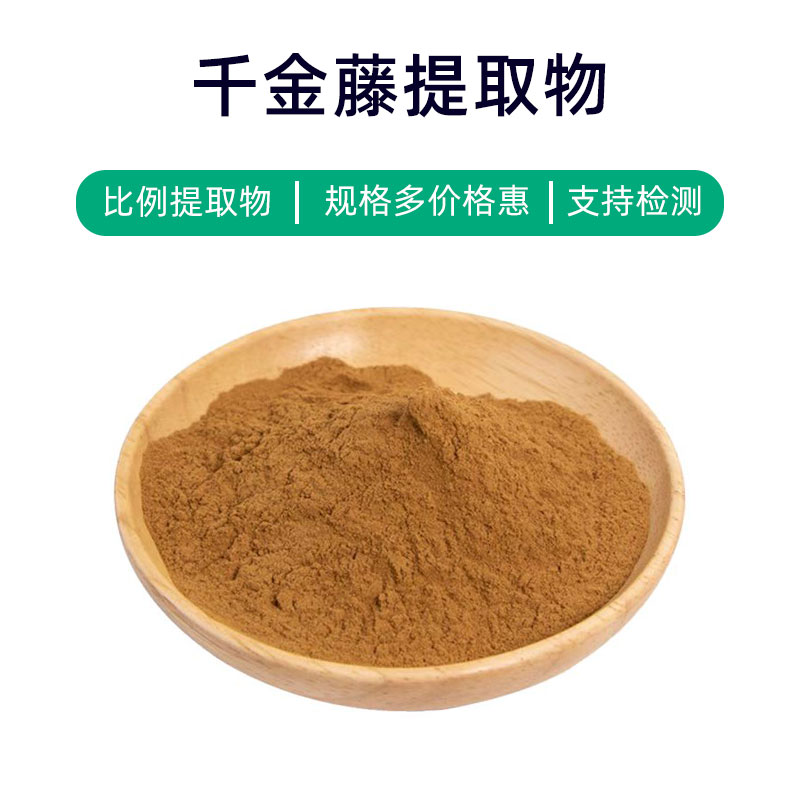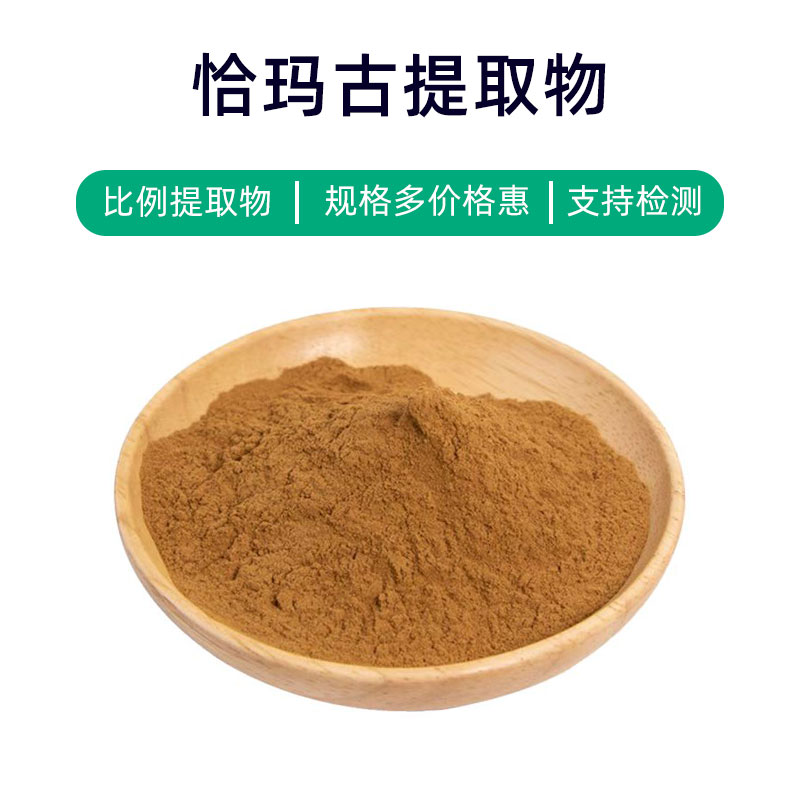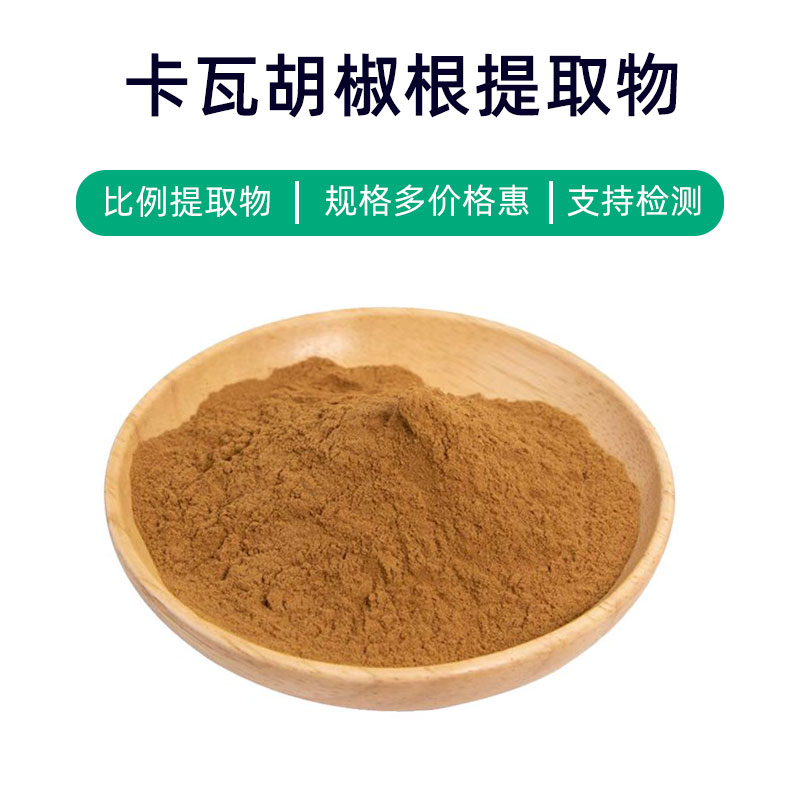Introduction to White Kidney Bean Flower Extract Product
White kidney bean flower extract is a natural plant extract extracted from white kidney bean flower, mainly composed of white kidney bean flower extract, polysaccharides, flavonoid compounds, etc. This extract is widely used in health products, pharmaceuticals, and cosmetics industries.
Its main effects include:
- Blood Sugar Reduction: White kidney bean flower extract contains white kidney bean flower extract, which can inhibit amylase activity, slow down the digestion and absorption of carbohydrates, helping to lower blood sugar levels, and has a certain assisting effect on diabetic patients. Antioxidant: White kidney bean flower extract is rich in flavonoid compounds, with strong antioxidant effects, clearing free radicals in the body, protecting cells from oxidative damage. Anti-inflammatory: The polysaccharides in white kidney bean flower extract have certain anti-inflammatory effects, helping to alleviate inflammatory reactions and reduce symptoms of related diseases.
In the field of medicine, white kidney bean flower extract is commonly used to produce blood sugar-lowering drugs, anti-diabetic health products, and in the cosmetics industry, its antioxidant and anti-inflammatory effects are utilized in skincare products and anti-aging products. Additionally, white kidney bean flower extract can also be used as an ingredient in health supplements for blood sugar regulation and immune enhancement.
Production Process of White Kidney Bean Flower Extract Product
The production process of white kidney bean flower extract typically includes the following steps:
- Raw Material Preparation: Select high-quality white kidney bean flowers as extraction material, remove impurities, and foreign matter to ensure purity and quality. Crushing and Grinding: Crush and grind white kidney bean flowers to increase extraction efficiency and surface area, using moderate particle size crushing methods to avoid excessive fineness or coarseness. Extraction: Use suitable solvents (such as water, ethanol, etc.) to extract white kidney bean flowers. Common extraction methods include soaking extraction, circulation extraction, ensuring extraction efficiency while minimizing solvent residues. Filtration and Separation: Filter and separate the extraction liquid to remove solid residues and suspended matter, obtaining a clear extract. Concentration: Concentrate the extraction liquid to remove excess moisture, increase the concentration of active ingredients. Common concentration methods include vacuum concentration, spray drying, etc. Purification: Further purify the concentrated extract, removing impurities and unwanted components to enhance product purity and activity. Drying: Dry the purified extract to a powdered form using methods such as spray drying, vacuum drying, etc. Packaging: Package the dried extract using sealed packaging to prevent moisture absorption, oxidation, maintaining product stability and activity. Quality Control: During the entire production process, strict quality control is carried out at each step to ensure products comply with relevant standards and regulations, ensuring product quality and safety.
These are the common production processes of white kidney bean flower extract, with specific processing parameters and conditions adjusted and optimized according to the requirements and actual situations of the manufacturer.
Functions, Benefits, and Side Effects of White Hyacinth Bean Flower Extract
White hyacinth bean flower extract, derived from the flowers of Phaseolus vulgaris (commonly known as the white hyacinth bean), offers various benefits and applications, including:
- Antioxidant Properties: Rich in natural antioxidants like flavonoids and polyphenols, it neutralizes free radicals, protects cells from oxidative damage, and helps slow aging.
- Anti-inflammatory Effects: Studies indicate its active compounds exhibit anti-inflammatory properties, alleviating symptoms of inflammatory conditions such as arthritis and dermatitis.
- Antimicrobial Action: Contains components with antibacterial, antifungal, and antiviral effects, aiding in the prevention and treatment of infections.
- Blood Sugar Regulation: Certain compounds in the extract have shown the ability to lower blood sugar levels by enhancing insulin secretion and glucose utilization, supporting glycemic control.
- Cardiovascular Protection: Active ingredients help reduce blood clots, lower lipid levels, and improve vascular health, promoting heart and brain health while reducing the risk of cardiovascular diseases.
- Antitumor Activity: Preliminary studies suggest some constituents possess antitumor effects, inhibiting the growth and spread of cancer cells, offering potential for future therapeutic applications.
- Skin Care Benefits: Packed with vitamins, minerals, and amino acids, it hydrates the skin, reduces wrinkles, and brightens complexion, making it a popular ingredient in cosmetic products.
Precautions for Use
While white hyacinth bean flower extract is generally beneficial, certain considerations include:
- Side Effects: Individuals may experience allergic reactions or digestive discomfort. A patch test is recommended to avoid adverse reactions.
- Dosage Control: Follow product instructions or consult a healthcare professional to prevent overuse and potential side effects.
- Contraindications: Pregnant or nursing women, children, and individuals with serious medical conditions should use it cautiously and under medical guidance.
Overall, the extract holds promise in pharmaceuticals, health supplements, and cosmetics. Proper dosage and individual sensitivity considerations are essential for safe and effective use.
Applications, Usage, and Dosage of White Hyacinth Bean Flower Extract
This extract is widely used across the pharmaceutical, food, and cosmetic industries. Below are its key applications and recommended uses:
Pharmaceutical Applications
- Antioxidants: Used to produce antioxidant formulations to prevent and manage oxidative stress-related diseases such as cardiovascular conditions and cancer.
- Anti-inflammatory Agents: Incorporated into anti-inflammatory drugs to treat conditions like arthritis and skin inflammation.
- Health Supplements: Enhances metabolism, boosts immunity, and improves sleep quality as part of dietary supplements.
Recommended Dosage:
- Oral Medications: Capsules, granules, or liquid forms typically suggest 300–600 mg daily for adults, adjustable based on individual needs and conditions.
- Topical Applications: Creams or ointments can be applied 1–3 times daily as directed.
Food Industry Applications
- Functional Foods: Added to health foods and drinks to improve physical wellness and vitality.
- Natural Additives: Serves as a natural antioxidant or preservative, extending shelf life while preserving flavor, color, and aroma.
Recommended Dosage:
- Functional Foods: 100–500 mg per day, adjustable per product guidelines.
- Additives: Typically added at 0.01–0.1% of total food weight per industry standards.
Cosmetic Applications
- Skincare Products: Used in creams, lotions, and serums for hydration, anti-aging, and anti-inflammatory benefits.
- Beauty Products: Incorporated into formulations for brightening and wrinkle reduction.
Recommended Dosage:
- Skincare: Apply a suitable amount to clean skin and massage until absorbed.
- Beauty Products: Follow product instructions for optimal use.
Proper dosage and adherence to usage instructions ensure its effectiveness in diverse applications.
Source Plant, Distribution, and Growth Conditions
Source Plant Overview
The white hyacinth bean (Phaseolus vulgaris) is an annual herbaceous plant widely grown for its nutritional and medicinal value. It grows to 30–60 cm in height, with trifoliate leaves and heart-shaped leaflets. Flowers are typically white or purple.
Distribution
Native to South and Central America, the plant is now cultivated globally, including in North America, Europe, Asia (notably China and India), and Africa.
Growth Conditions
- Climate: Prefers warm, humid climates with plenty of sunlight. Optimal temperatures range from 20–30°C, and it is sensitive to cold and drought.
- Soil: Thrives in loose, fertile, well-drained soils with a pH of 6.0–7.0.
- Growing Season: Typically planted in spring or summer, with a growth cycle of 60–90 days.
- Habits: The plant can grow upright or as a vine, with a robust root system for nutrient absorption.
Under suitable conditions, the white hyacinth bean plant grows rapidly, offering significant yields for extraction.
Processing and Storage of White Hyacinth Bean Flower Extract
The processing of this extract involves several steps:
- Preparation: Washing and pre-treating raw materials.
- Extraction: Using appropriate solvents to isolate active compounds.
- Concentration: Evaporation of solvents and refinement.
- Drying and Grinding: Producing a fine, stable powder.
Storage Guidelines
- Store in a cool, dry place away from direct sunlight and high temperatures.
- Protect from moisture and contamination to maintain stability and prolong shelf life.
Proper processing and storage are crucial for preserving the extract’s quality and active components.
Monica Sun is a seasoned expert in the plant extraction industry with over a decade of experience in research and production. She specializes in the extraction and purification of plant active ingredients, focusing on driving innovation in natural product applications. Monica has participated in the development of multiple functional plant extracts, delivering high-value natural raw material solutions for the health food, pharmaceutical, and dietary supplement sectors.


















